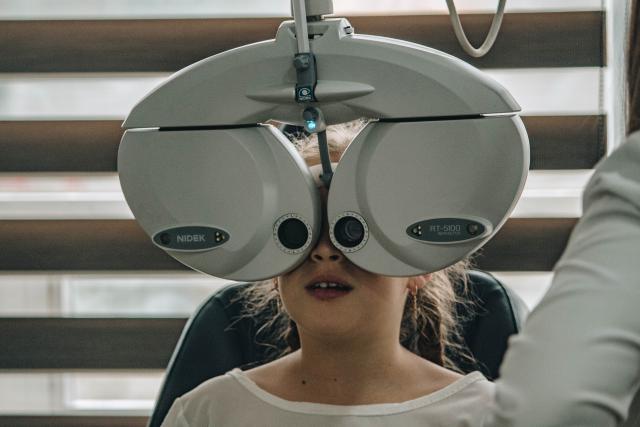Myopia has been labelled the pandemic of the eye that no one knows about.
Ebru Efem from iOptical in Greenvale is urging for better awareness of the early signs of myopia in children for parents, schools, and general health practitioners.
She holds a master of Orthoptics and Optometry and also works at the Royal Children’s Hospital in Melbourne as a paediatric orthoptist.
Dr Efem has noticed an increased trend of rapid progression of myopia in children aged six to 10, and says this is why education for parents and guardians is so important.
“Most worsening of myopia is observed in children aged 6-10 years. Hence, early detection is crucial to ensure myopia does not impact the learning at school,” she said.
“We are working hard to implement early detection within our practice through proactive scans and tests, but we need parents to do their part… Our children don’t understand if their eye-sight isn’t at the standard it should be, so they (parents) need to check in regularly with their kids and make sure everything is okay.”
Myopia is better known as near-sightedness, and it is caused by an increased growth of the eyes length.
Normal eye length is 22-24 mm, and a length of 26 mm increases risk of vision impairment by 25 per cent whilst length of 30 mm and above increases risk to 90 per cent.
Research shows that traditional glasses and contact lenses do not offer protection against myopia progression, however some optometrists are now able to provide options which have shown to reduce myopia progression.
These options include specialised glasses lenses, contact lenses and medication in the form of an eye drop.
Dr Efem claims that increasing outdoor time of about 2 hours a day can help delay myopia, while holding books and screens too close to the eyes for a long period of hours can increase the risk of myopia.







